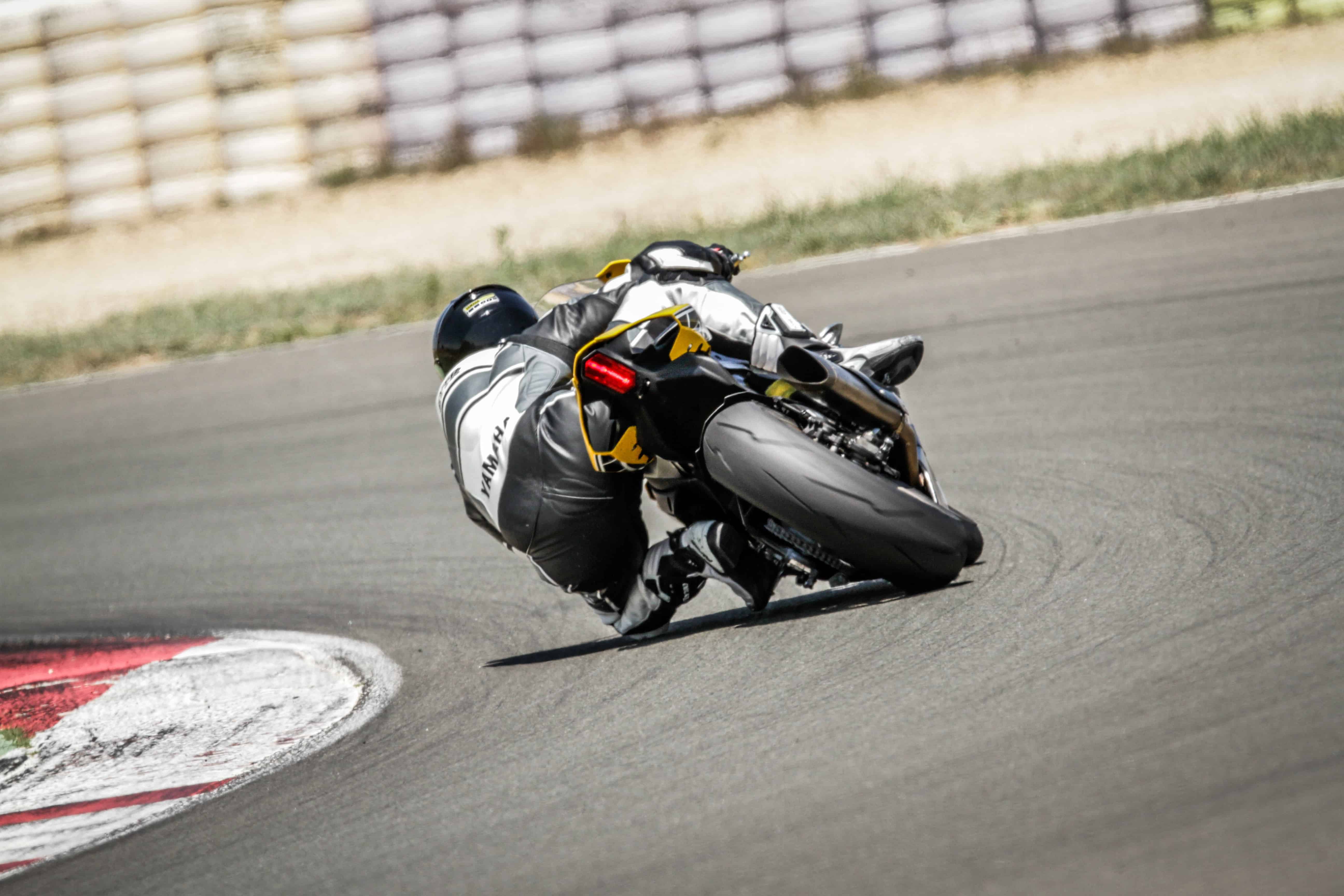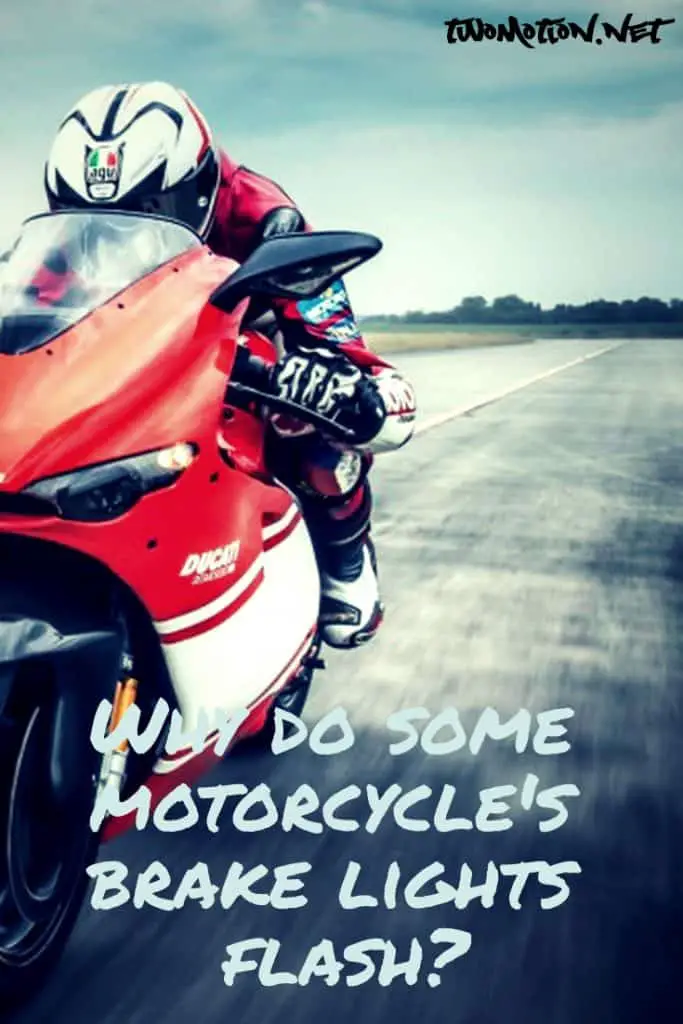The chances are good that the rider fitted a pulsating relay into the brake light circuit. This is a safety feature that helps make it more distinguishable for other road users that the rider is applying the brakes.
Overview
We will have a look at how flashing brake lights work and how you can install them on your motorcycle. For riders that don’t have this installed, we take a look at how you can have the same effect by flashing the brakes manually.
We will discuss the following:
- Why the lights should flash
- How do flashing brake lights work
- How to install a pulsating relay
- How to have the same effect without a relay
Why the lights should flash
Motorcycles are much less visible on the road, and this can be very dangerous for riders, especially at intersections when they are coming to a stop.
A flashing brake light makes a rider and their motorcycle much more visible when braking.
Flashing lights grab the attention of road users very quickly, and that is why emergency vehicles use them. But on a motorcycle, it is almost essential to have a flashing brake light as it reduces the risk of a car from the back rear-ending the rider at intersections.
As you might expect, rear-end collisions can be fatal to motorcyclists, and that is why it also safer for a rider to navigate there way through traffic to the front.
But it’s not always possible as the rider might already be at the front, or the law prohibits the rider from doing so.
That is why it would be useful for motorcycles to be installed with flashing brake lights, making it obvious for other road users that the motorcycle is coming to a stop or slowing down.
In a data report from 2005, 61 out of 1792 motorcycle rider fatalities were due to rear-end collision where the motorcycle was struck by another vehicle.
Source: https://crashstats.nhtsa.dot.gov/Api/Public/ViewPublication/810834
How do flashing brake lights work
Some motorcycles might already be fitted with such a system depending on the country and its regulations, but currently, most motorcycles do not have this feature.
On a motorcycle that does have this feature, there is probably a pulsating relay on the brake light circuit that regulates the current flowing to the brake light.
This pulsating relay basically receives a flow of electrical energy and then switches the flow of electricity on and off for the brake light.
On a good system, you would be able to set the speed and the way it flashes. For example; you might configure it to flash five times and then stay on.
This would be handy if you are standing at an intersection with an incline and need to apply the brake for a long time. The person behind you would not appreciate a flashing light in their face the whole time.
How to install a pulsating relay

The process of installing this device is straightforward. You need only cut your brake light wires under the pillion seat and let the wires run through the relay.
How to have the same effect without a relay
You can also do this manually by using the front brake lever. I would pull it in just slightly until I feel the click.
Though you might not be able to do this as fast as the relay, it is still very effective. I would usually flash the brake light a few moments before I start braking and then after I have come to a full stop if the car behind me hasn’t reached the intersection yet.
Doing it manually you might be able to fash up to three times per second which should grab the attention of the driver or rider behind you.
Conclusion
As motorcyclists have a high fatality rate when compared to other road users, it is important to use devices like these to reduce the risks.
I recommend anyone with a motorcycle to install such a device as it is very cheap to buy and has a huge impact. I recommend anyone with a motorcycle to install such a device as it is cheap to buy and makes quite a big difference.
Final words
You might also be interested in another post: Why some motorcycles have only one headlight on.
I always try to keep my articles interesting and informative. And I’m always thankful when they are shared on social media platforms or Pinterest.


